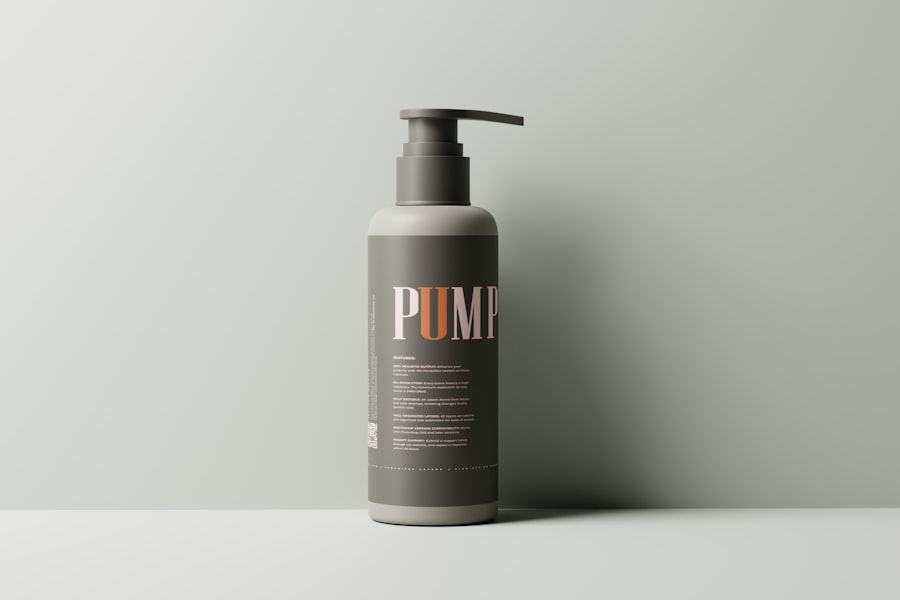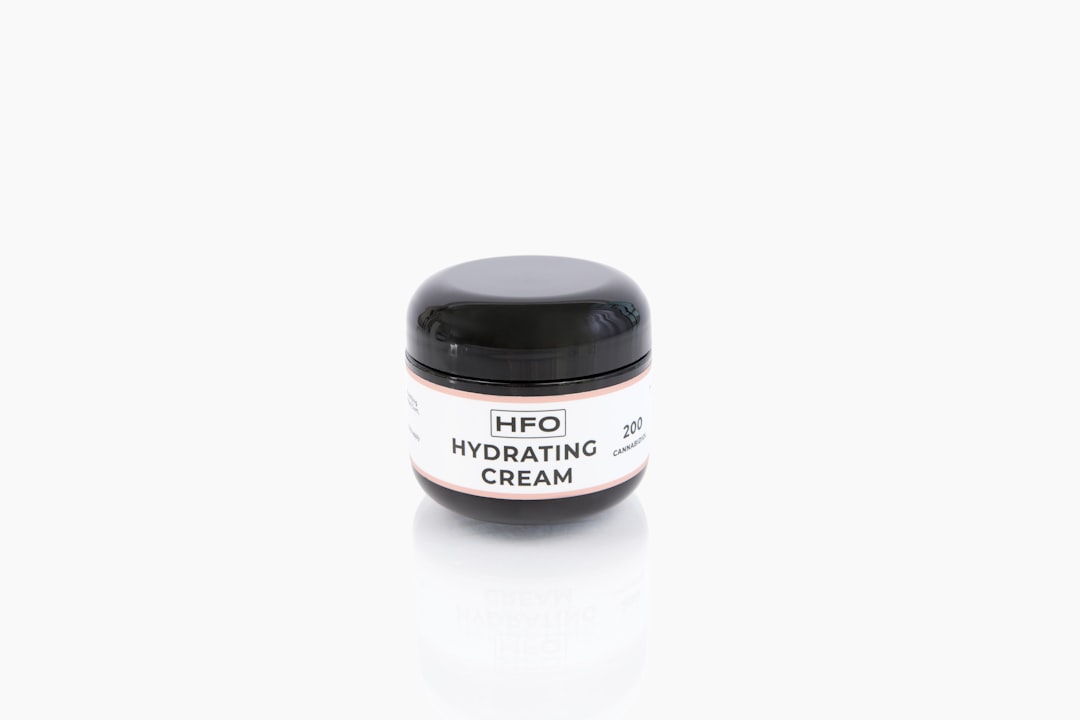When you consider laser hair removal, it’s essential to grasp how the process works. At its core, laser hair removal utilizes concentrated beams of light to target and destroy hair follicles. The laser emits a specific wavelength that is absorbed by the pigment in the hair, effectively damaging the follicle and inhibiting future hair growth.
This method is not only efficient but also offers a long-term solution for those tired of traditional hair removal methods like shaving or waxing. As you prepare for your treatment, understanding the science behind it can help alleviate any concerns you may have. The procedure typically begins with a consultation where a trained professional assesses your skin type and hair color to determine the most effective laser settings.
During the actual treatment, you may feel a slight tingling sensation as the laser is applied to your skin. Most people describe this feeling as similar to a rubber band snapping against the skin. Depending on the area being treated, sessions can last anywhere from a few minutes to over an hour.
It’s important to note that multiple sessions are usually required for optimal results, as hair grows in different cycles, and the laser is most effective on hair in the active growth phase.
Key Takeaways
- Laser hair removal targets hair follicles to reduce hair growth
- Aftercare includes avoiding sun exposure and certain skincare products
- Discomfort and redness can be managed with cold compress and aloe vera
- Sun protection is crucial to prevent skin damage after laser treatment
- Regular moisturizing and hydration are important for post-laser skin care
- Watch for any adverse reactions and consult with a dermatologist if needed
- Follow-up treatments should be scheduled as recommended by the provider
Preparing for Laser Hair Removal Aftercare
Once you’ve completed your laser hair removal session, preparing for aftercare is crucial to ensure the best results and minimize any potential side effects. First and foremost, you should follow any specific instructions provided by your practitioner. This may include avoiding sun exposure and certain skincare products for a period following your treatment.
Being proactive about your aftercare can significantly enhance your experience and help you achieve smoother skin. In addition to following professional advice, it’s wise to keep your skin clean and moisturized after the procedure. Gently cleanse the treated area with a mild soap and lukewarm water, avoiding any harsh scrubs or exfoliants.
After cleansing, apply a soothing lotion or gel that contains aloe vera or other calming ingredients. This will help reduce any irritation and keep your skin hydrated. Remember, your skin may be more sensitive than usual after treatment, so treating it with care is essential.
Managing Discomfort and Redness

After your laser hair removal session, it’s common to experience some discomfort and redness in the treated area.
To manage any discomfort, consider applying a cold compress to the area.
This can help soothe your skin and reduce inflammation. If you find that over-the-counter pain relievers are necessary, consult with your practitioner about which options are safe for you. It’s also important to avoid scratching or picking at the treated area, even if it feels itchy or irritated.
Doing so can lead to complications such as infection or scarring. Instead, focus on keeping the area cool and protected. Wearing loose-fitting clothing can also help minimize friction against your skin, allowing it to heal more comfortably.
By taking these steps, you can effectively manage any discomfort while promoting healing.
Protecting Your Skin from Sun Exposure
| Factors | Recommendations |
|---|---|
| Sunscreen | Use a broad-spectrum sunscreen with SPF 30 or higher |
| Clothing | Wear protective clothing, such as long-sleeved shirts and wide-brimmed hats |
| Shade | Seek shade, especially during peak sun hours (10am-4pm) |
| Sunglasses | Wear sunglasses that block both UVA and UVB rays |
| Avoid tanning beds | Avoid using tanning beds, as they emit harmful UV radiation |
One of the most critical aspects of aftercare following laser hair removal is protecting your skin from sun exposure. Your skin will be more sensitive after treatment, making it more susceptible to sunburn and pigmentation changes. To safeguard your skin, it’s advisable to avoid direct sunlight for at least two weeks post-treatment.
If you must be outdoors, wearing protective clothing and seeking shade can help shield your skin from harmful UV rays. In addition to physical protection, applying a broad-spectrum sunscreen with an SPF of 30 or higher is essential. This will provide an extra layer of defense against sun damage.
Make sure to reapply sunscreen every two hours if you’re spending extended periods outside. By prioritizing sun protection during this time, you can help ensure that your skin heals properly and maintains an even tone.
Avoiding Certain Skincare Products
As you navigate your post-laser hair removal care routine, it’s crucial to be mindful of the skincare products you use. Certain ingredients can irritate your sensitive skin and hinder the healing process. For instance, products containing retinoids, alpha hydroxy acids (AHAs), or beta hydroxy acids (BHAs) should be avoided for at least a week after treatment.
Instead, opt for gentle, hydrating products that are free from fragrances and harsh chemicals. Look for soothing ingredients like chamomile or calendula that can help calm your skin.
Additionally, avoid using any products that may cause heat or irritation, such as hot waxes or chemical peels, until your skin has fully healed. By being selective about your skincare routine during this time, you can support your skin’s recovery and enhance the results of your laser hair removal.
Moisturizing and Hydrating Your Skin
Keeping your skin moisturized and hydrated is vital after undergoing laser hair removal. The treatment can leave your skin feeling dry or tight, so applying a gentle moisturizer can help restore its natural moisture balance. Look for products that are specifically formulated for sensitive skin; these will often contain soothing ingredients that promote healing while providing hydration.
In addition to topical moisturizers, consider incorporating hydrating serums into your routine. Serums containing hyaluronic acid can be particularly beneficial as they draw moisture into the skin and help maintain hydration levels. Remember to apply these products gently without rubbing or scrubbing the treated area.
By prioritizing hydration in your aftercare routine, you’ll not only enhance your comfort but also support optimal healing.
Monitoring for Any Adverse Reactions
As you recover from laser hair removal, it’s essential to monitor your skin for any adverse reactions that may arise. While most people experience only mild redness or swelling, some individuals may develop more significant reactions such as blistering or prolonged irritation. If you notice any unusual symptoms—such as excessive swelling, pus, or severe pain—it’s crucial to contact your practitioner immediately for guidance.
Keeping a close eye on how your skin responds in the days following treatment will allow you to address any issues promptly. Documenting any changes can also be helpful during follow-up appointments with your practitioner. Remember that everyone’s skin reacts differently; what may be normal for one person could be concerning for another.
Trusting your instincts and seeking professional advice when needed is key to ensuring a smooth recovery.
Scheduling Follow-Up Treatments
Finally, scheduling follow-up treatments is an integral part of achieving long-lasting results from laser hair removal. Most practitioners recommend multiple sessions spaced several weeks apart to target hair in different growth cycles effectively. During these follow-up appointments, your practitioner will assess your progress and make any necessary adjustments to your treatment plan.
It’s essential to adhere to the recommended schedule for follow-up treatments to maximize the effectiveness of the procedure. Missing appointments may result in regrowth or uneven results, which could prolong your journey toward smooth skin. By committing to this process and maintaining open communication with your practitioner, you’ll be well on your way to enjoying the benefits of laser hair removal for years to come.
In conclusion, understanding the intricacies of laser hair removal and its aftercare is vital for anyone considering this treatment option. From managing discomfort and protecting your skin from sun exposure to monitoring for adverse reactions and scheduling follow-ups, each step plays a crucial role in achieving optimal results. By following these guidelines diligently, you can ensure a smoother recovery process and enjoy the long-lasting benefits of laser hair removal with confidence.
After undergoing laser hair removal treatment, it is crucial to follow proper aftercare instructions to ensure optimal results. One helpful resource for learning about laser hair removal aftercare is the article on





